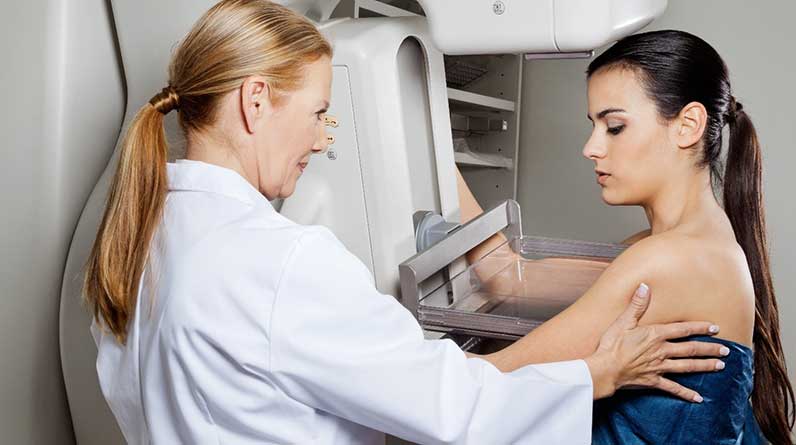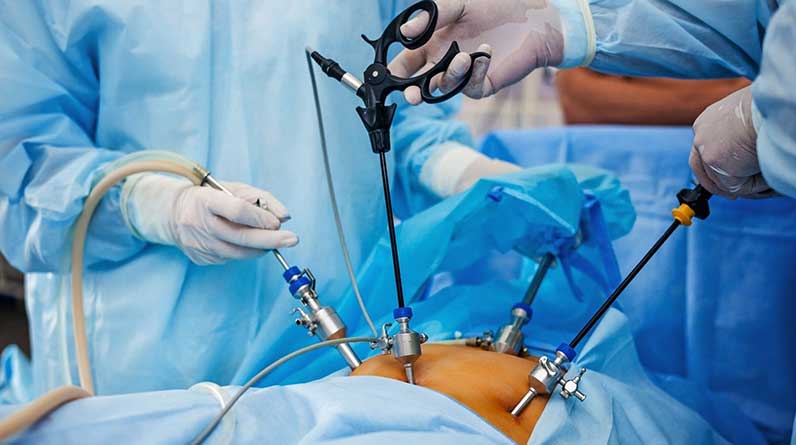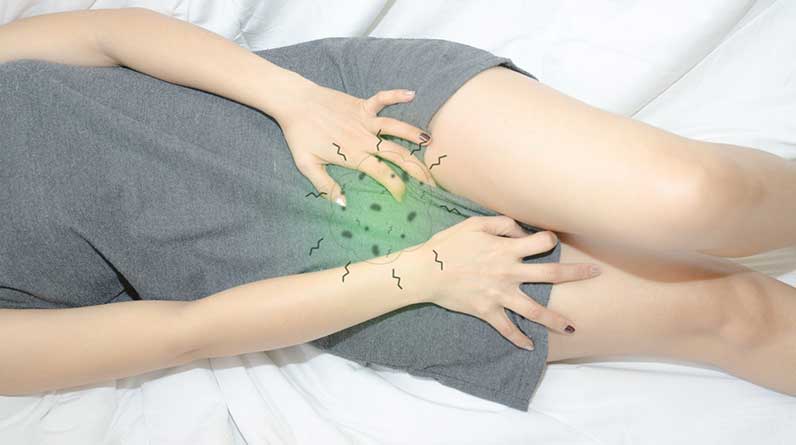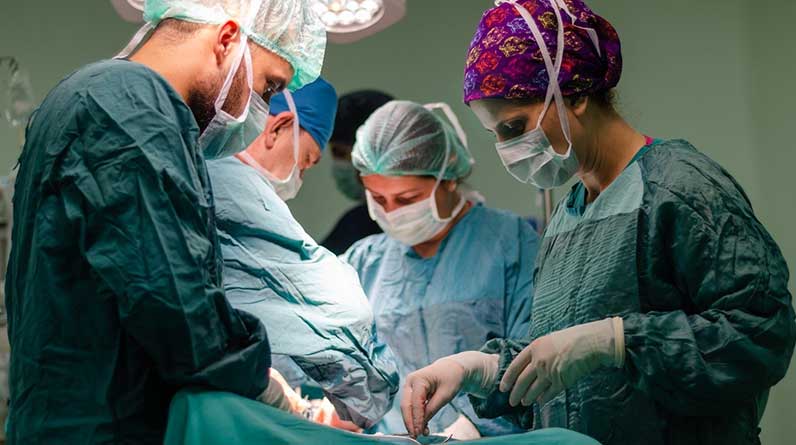Endometriosis: Incidence, Causes, and Treatments

Endometriosis: Incidence, Causes, and Treatments
Endometriosis is a female reproductive organ disease that affects about 10% of women (of the reproductive age) globally. The condition is defined by the growth of endometrial tissue outside of the uterus. These ectopic areas of endometrial tissue contain endometrial glands. Endometriosis usually occurs in the pelvic region, but it can also occur in other areas inside the abdomen, such as on the intestinal wall, bladder, or lining of the abdomen.
This ectopic endometrial tissue is still affected by female hormones and will thicken and become inflamed during each menstrual cycle, leading to pain and discomfort. Endometriosis can also cause issues with infertility based on its location in the pelvic region. Yet, many women with endometriosis have no issues with infertility.
The three primary types of endometriosis are superficial peritoneal lesions (the most common), ovarian endometrioma, and deeply infiltrating endometriosis.
The most common site for endometriosis is the ovary, and when it occurs in this area, it often forms an endometrioma. This is a lesion that forms when the endometriosis on the ovary causes bleeding and subsequent hematoma that then walls off to form a cyst.
Each type of endometriosis is different, but the symptoms that are caused are similar.
The following are the signs and symptoms that occur in cases of endometriosis:
- Pain during intercourse
- Blood in urine (an indicator of bladder endometriosis)
- Blood in stool (an indicator of bowel endometriosis)
- Pain during bowel movements
- Severe cramping, especially during menstruation
- Constipation or Abdominal Bloating (in cases when endometriosis involves the bowel)
- Infertility
Different individuals with endometriosis will have differing symptoms, and some females may have no symptoms at all. It’s important to see your gynecologist if any of these symptoms develop and continue longer than expected.
Women who are affected by endometriosis often have problems with pain, and they can be at risk of developing infertility.
What Causes Endometriosis?
The definitive cause of endometriosis is not quite clear. One of the common theories about the cause of endometriosis is the concept that blood that contains endometrial cells could flow backward through the fallopian tubes and into the pelvic region. Other thoughts of origin are that these lesions embryologically develop and that these cells are brought to the pelvic region by blood or lymph vessels. Most believe this condition to be a result of multifactorial causes.
Diagnosis of Endometriosis
A thorough history and physical examination, including a pelvic exam, can occasionally identify pain during the exam or a mass in the pelvic region. Yet, in many cases, the pelvic examination may be normal.
Evaluation by transvaginal ultrasound or MRI may be helpful to determine if specific areas of endometriosis are present on the ovaries, the pelvis, or the bladder. Ultrasound can sometimes identify lesions that occur on the inner abdominal wall.
The hallmark for the diagnosis of endometriosis is diagnostic laparoscopy (minimally invasive surgical exploration), which allows direct visualization of the lesions in the abdomen and pelvis.
Treatment of Endometriosis
Treatment will be determined based on findings during a consultation with a gynecologist. If the evaluation indicates likely endometriosis, medical therapy can be instituted in females that are not trying to conceive children. Yet, in cases where medical therapy does not improve symptoms, surgical exploration is indicated.
In women that are experiencing infertility secondary to endometriosis, estrogen or GnRH therapy must be avoided because they prevent pregnancy. Instead, laparoscopy will be indicated to determine the stage of endometriosis and resection of endometrial tissue as well as lysis of adhesions. After surgery, the infertility treatment can proceed with methods of induction of ovulation, intrauterine insemination, or consideration of in vitro fertilization.
The following are the most common forms of treatment for endometriosis:
Medications
- Estrogen-progestin contraceptive medication
- Progestins
- Gonadotropin-releasing Hormone Agonists/Antagonists
- Non-Steroid Anti-Inflammatories
- Pain medication
Oral contraceptive medication with combined estrogen and progestin is very successful at relieving symptoms. The proposed mechanism of action is by decreased ovarian function, which leads to less stimulation of the areas of endometriosis.
Gonadotropin agents act at the level of the pituitary gland to cause the decreased production of estrogen, which will invoke a menopausal state which also leads to decreased activity in the endometriosis tissue.
Surgery
- Laparoscopic removal of areas of endometriosis
- Ovarian Endometrioma resection (in selected cases)
- Hysterectomy with removal of the ovaries in cases where preservation of fertility is not desired
Surgery treatment goals are to excise any lesions, scarring, or adhesions with the intention to remove the source of symptoms.
Final Thoughts
Endometriosis can range from mild to severe cases. For example, some females will only have a few lesions leading to minimal pain and discomfort, whereas others will have much more extensive lesions or lesions that are quite invasive, causing severe pain.
This is a condition that is best evaluated and treated by an experienced gynecologist, and the earlier the diagnosis is found, the sooner appropriate treatment can be instituted. Often medical treatment can be utilized as the initial treatment with reasonable success.




